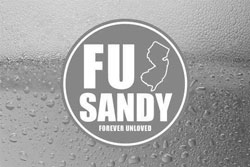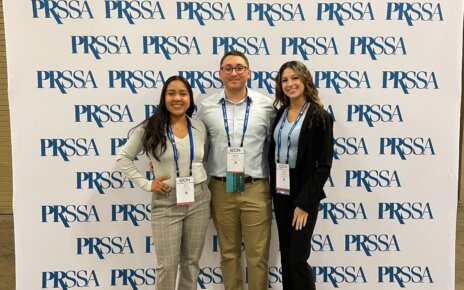The Institute for Global Understanding (IGU) and Urban Coast Institute (UCI) hosted a virtual discussion titled “International and Domestic Strategies for Ocean Conservation and Biodiversity: Is 30 by 30 Enough?” on Wednesday April 6. Hosted by UCI Director Tony MacDonald, the discussion is part of the Institute’s Global Ocean Governance Lecture Series, which draws on experts from around the world to discuss policy issues and implications for keeping the world’s oceans and coastal ecosystems clean and safe for both humans and wildlife.
Randall Abate, J.D., Director of the IGU, Professor in the Department of Political Science and Sociology, and the Rechnitz Family Endowed Chair in Marine and Environmental Law and Policy, was also in attendance.
The panelists consisted of Sebastian Nicholls, Principal Associate of Pew Charitable Trusts Ocean Conservation Program; Lauren Wenzel, Director of the National Oceanic and Atmospheric Administration (NOAA) National Marine Protected Areas Center; and Mark Gold, Executive Director of the California Ocean Protection Council.
Nicholls began the discussion, saying, “Just like the United Nations General Assembly sets the Sustainable Development Goals, the United Nations Convention on Biological Diversity [CBD] developed the Global Biodiversity Framework that included targets related to biodiversity issues, including conservation.”
Those targets are referred to as the Aichi Targets, and most of them expired in 2020. The CBD began creating new targets, which extend to 2030.
“Due to the pandemic, the negotiations have stalled but, as we know, this timing coincides with critical threats to marine biodiversity, including plastic pollution and hypoxia,” Nicholls explained, “Before countries were developing this global biodiversity framework, a scientific consensus began to emerge around the need to protect at least 30 percent of ocean area.”
Nicholls added, “The high seas is two-thirds of the ocean, nearly half the world’s surface–40 percent–and 95 percent of the habitable space, if you consider the volume of the ocean. Just because of the area they cover, high seas are key to achieving 30 by 30. You can’t conserve 30 percent of the ocean without including the high seas.”
Wenzel continued the discussion, saying, “We’re seeing the loss of coastal habitats and coral reefs, places where 100 to 300 million people are at risk who are living in coastal flood zones. About half the live coral cover has been lost since the 1870’s, and fishing is the largest relative impact, followed by land and sea use.”
Wenzel stressed the importance of Marine Protected Areas (MPAs), which she described, “MPAs protect valuable places in the ocean, and they provide ecological, social, economic, and cultural benefits. The first and most important aspect of MPAs is biodiversity protection, but that is not the only benefit. Other examples include recreation, coastal protection, carbon storage, and sustainable fishing.”
She continued, “Right now, 26 percent of US waters are in a MPA and 24 percent are in a ‘strongly protected MPA that follows the international definitions of an MPA, and about three percent of US waters are in a ‘no take’ area, where no extractive uses are allowed.”
Lastly, Gold said, “It’s easy to say ‘30 by 30.’ It obviously sounds catchy as a slogan…It’s not just about the acres, it’s really about offering durable protection. An example I often give is that everybody thinks of California as having prohibition on over 95 percent of our coastal waters, but the reality is that about half of that is not durable…Acreage is an indicator that’s supposed to excite everyone, but we can’t lose sight of biodiversity within those 30 percent.”
Gold then wrapped up the discussion of the 30 by 30 movement. He said, “I’m excited the movement is occurring as robustly in the nation as possible. My concern as a biologist is that we are actually using the best available science to make the right decisions on what areas need to be better conserved as part of 30 by 30. So, I think there’s an enormous opportunity for the academic community to get involved. Here is an opportunity to make sure all the work that you’ve been doing can have an impact on biodiversity protection policy.”



